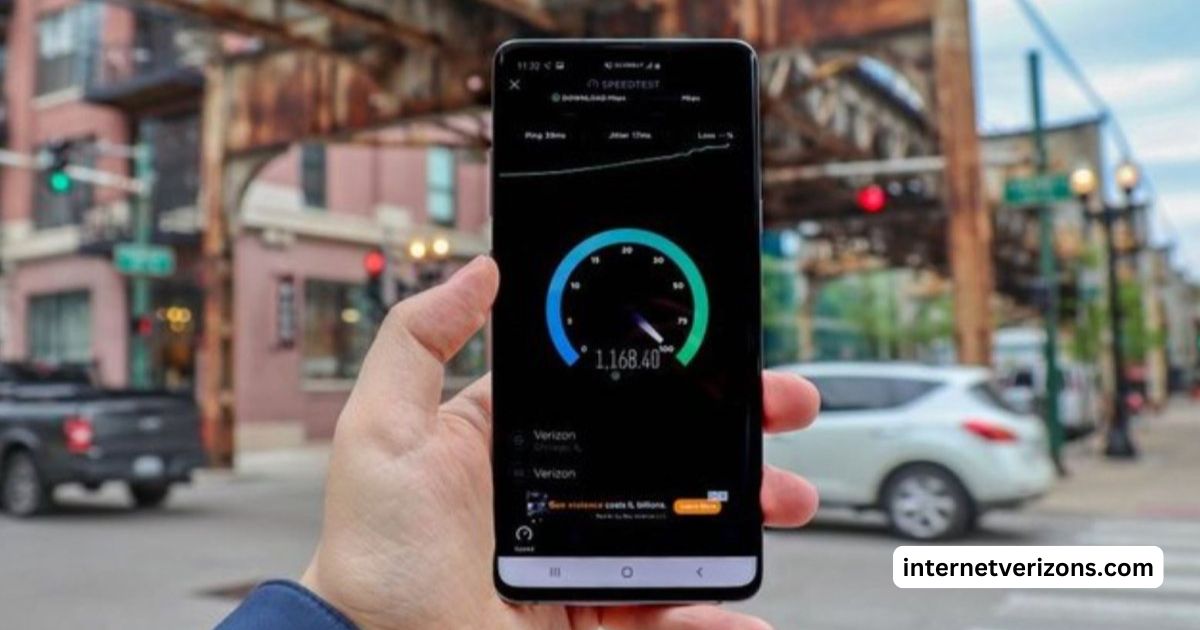In today’s digital landscape, fast and reliable internet is no longer a luxury—it’s a necessity. With the rise of smart homes, remote work, and online entertainment, consumers are constantly evaluating their options for the best internet connection.
Among the newest players in this space is Verizon 5G Home Internet, a wireless broadband solution that promises speed, reliability, and convenience.
But how does it stack up against traditional broadband? Let’s explore the comparison to understand whether Verizon 5G Home Internet lives up to the hype.
Understanding Verizon 5G Home Internet
Verizon 5G Home Internet utilizes fifth-generation (5G) wireless technology to deliver high-speed internet directly to homes.
Unlike traditional broadband, which relies on cables like DSL, fiber optics, or coaxial, Verizon’s 5G service is entirely wireless.
It works by connecting to a 5G cell tower, transmitting the signal to a 5G receiver installed in your home. This eliminates the need for wired infrastructure while promising ultra-fast speeds.
What Traditional Broadband Brings to the Table
Traditional broadband, which includes cable, DSL, and fiber-optic connections, has been the go-to choice for years. While speeds and reliability vary depending on the type of connection, broadband typically involves physical cables that connect to your home via underground or overhead wiring.
Options like fiber-optic broadband often boast exceptionally high speeds and low latency, while cable internet provides a balance of speed and availability.
Speed Comparison: Verizon 5G vs. Traditional Broadband
One of the most important factors consumers consider when choosing an internet provider is speed. Here’s a closer look at how Verizon 5G Home Internet compares to traditional broadband services:
Download Speeds
- Verizon 5G Home Internet: Average download speeds range from 85 Mbps to 1 Gbps, depending on your proximity to a 5G cell tower and the strength of the signal. In some areas, Verizon offers speeds that rival or even surpass those of premium fiber-optic connections.
- Traditional Broadband: Speeds vary widely. DSL generally offers speeds between 5-35 Mbps, cable internet ranges from 50 Mbps to 1 Gbps, and fiber-optic broadband can deliver download speeds up to 5 Gbps or more.
Upload Speeds
- Verizon 5G Home Internet: Upload speeds usually range between 10-50 Mbps, which is sufficient for most online activities like video conferencing and file sharing.
- Traditional Broadband: Fiber-optic broadband leads the pack with upload speeds often matching download speeds. Cable internet lags with upload speeds averaging 10-35 Mbps, while DSL struggles to exceed 5 Mbps.
Latency: The Silent Factor
Another crucial metric for internet performance is latency—the delay in data transmission. Low latency is especially important for activities like online gaming and video calls.
- Verizon 5G Home Internet: Typically offers latency ranging from 30-50 milliseconds (ms), which is competitive with traditional cable internet.
- Traditional Broadband: Fiber-optic internet usually provides the lowest latency, often below 20 ms. Cable internet hovers around 20-30 ms, while DSL may have latency exceeding 50 ms.
Coverage and Availability
Speed isn’t the only factor—availability matters too. Verizon’s 5G Home Internet is rapidly expanding, but its coverage is still limited to areas with robust 5G infrastructure. Currently, it’s most accessible in urban and suburban locations.
On the other hand, traditional broadband is widely available, even in rural areas where 5G infrastructure is lacking. DSL and cable connections dominate these regions, while fiber-optic internet is typically concentrated in urban hubs.
Reliability and Consistency
While Verizon 5G Home Internet offers impressive speeds, its reliability can vary depending on factors like network congestion, weather conditions, and obstructions such as buildings or trees.
Traditional broadband connections, particularly fiber-optic and cable, often provide more consistent performance. Since they rely on physical infrastructure, they’re less susceptible to external interferences but can still be affected by outages or infrastructure damage.
Cost Considerations
Pricing is always a major factor for consumers. Verizon’s 5G Home Internet plans typically start around $50 per month, with no annual contracts and equipment fees included. This pricing is competitive, especially compared to premium fiber-optic services.
Traditional broadband costs can vary significantly. DSL is usually the cheapest option but offers the slowest speeds. Cable and fiber-optic broadband can range from $40 to $150 per month, depending on speed tiers and additional fees for equipment and installation.
Who Should Choose Verizon 5G Home Internet?
Verizon 5G Home Internet is an excellent choice for:
- Urban and suburban dwellers: Those with access to strong 5G signals can benefit from its high speeds.
- Cord-cutters: People who rely on streaming services for entertainment.
- Renters or frequent movers: Wireless setup eliminates the need for installation and makes relocation easier.
However, if you live in a rural area or prioritize ultra-low latency and consistent speeds, traditional broadband—especially fiber-optic—might be the better choice.
The Future of Connectivity
The internet landscape is evolving rapidly, and 5G technology represents a significant leap forward. As Verizon continues to expand its 5G coverage and refine its technology, it’s likely to become a serious competitor to traditional broadband options.
Meanwhile, advancements in fiber-optic networks and other broadband technologies ensure that consumers will continue to have robust options for their connectivity needs.
Conclusion
So, how fast is Verizon 5G Home Internet compared to traditional broadband? The answer largely depends on your specific needs and location.
While Verizon 5G offers impressive download speeds, convenience, and competitive pricing, traditional broadband—especially fiber-optic—still leads in terms of overall reliability and latency. By understanding these differences, you can make an informed choice that best suits your digital lifestyle. For more Home Internet-related information check the internetverizons.
